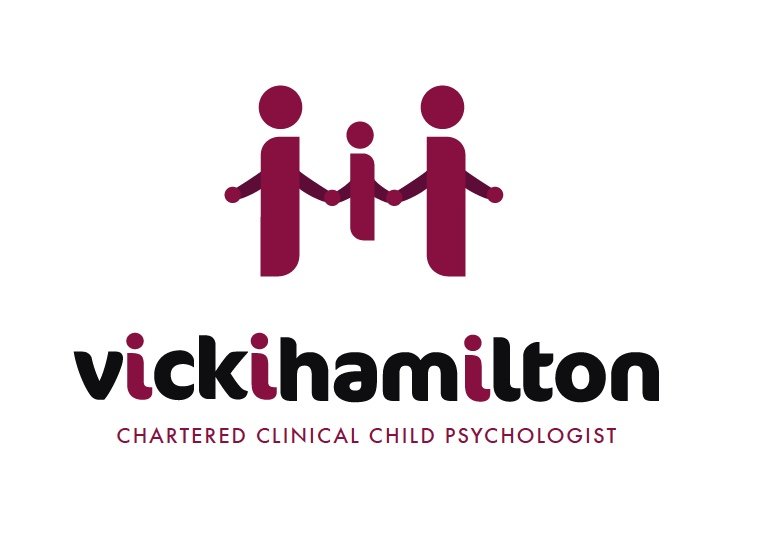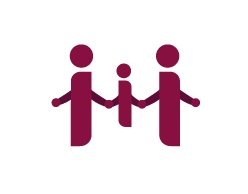Attachment and trauma: part 3
Why is it so hard reach children with attachment difficulties?
The Brain bit
When we are born we have all the brain cells we are ever going to have. However, they are very underdeveloped and not properly connected up.
In our first year of life our brains undergo a massive amount of growth and development. This continues at slower rates during childhood and into adolescence. Therefore the brain makes sure that it develops first the core survival skills it needs most, for example movement control, memory systems about how to move/eat/make a noise etc.
Responsive, consistent and affectionate care from parents, e.g. being fed, changed, picked up etc are very important for brain development. Big areas of our brain are devoted to storing and dealing with information from our senses, e.g. by identifying and responding to mum’s/dad’s voice etc.
If babies aren’t cared for consistently and responsively, or are abused and neglected, then areas of the brain do not develop and connect and babies do one of two things-
a) stimulate themselves, e.g by rocking or head-banging
b) withdraw and become very passive
The result, however, is that big bits of the brain don’t develop as well as they could to help the child take in information about the world and people around them; to make sense of that information, and to decide what their next move or behaviour will be.
The child therefore is constantly surprised by other’s behaviour and finds it diflicult to plan their own behaviour and know how other people will respond. In new situations, children will fall back on old strategies such as lying, defiance, aggression, withdrawal etc because they haven’t learned safe alternatives and can’t predict what would happen if they used these alternatives. So, partly from their experiences and partly from the impact this has had on brain development, children believe the world is a very dangerous and unpredictable place. The best way they know to survive is to try and be in control of everything they can and pretend to themselves they control everything else. A lot of dangerous behaviours are based on this belief.
The Hormones bit
Our bodies and brains contain hormones which help us cope with stress by:
a) making our bodies ready to respond to danger, e.g. increasing muscle tone to run away, pump blood faster, increased heart rate, and
b) releasing other chemicals in our brain that dull pain and can give “highs”.
If, when babies, they experience lots of shouting and violence around them, their little bodies are constantly flooded with stress hormones which their bodies learn to treat as normal. They also get rushes of the other chemicals during pain. This can lead to several scenarios:
1. Children are constantly anxious, aroused and stressed. They may be jumpy, unable to concentrate, are distractible and have sleep difficulties. They may react extremely to minor stresses which tip their already stressed bodies, “over the edge”.
2. Children do things designed to maintain high levels of stress hormones in the body, e.g. self-harm, thrill-seeking, fighting and aggression.
So these behaviours can be difficult to change because they have a chemical and brain basis. They are also hard to change because they are based on “beliefs” a baby developed before they could talk. After the age of 2, the brain has another big burst of development and memories of experiences get stored in more complex ways, often involving language or tied to other events. So, because these early core memories and beliefs are filed away in different systems and not in language form, they are extremely difficult to access and change.
Therefore, reasoning with and explaining to these children does not work as effectively as with other children. They are “hard to reach”. Early work in other countries has started to look at using other ways of interacting other than talking as a way of helping these children more directly, for example touch, music, play etc as a way of helping children and parents start to make new connections.
However, it is important to remember that caring for such children is extremely stressful. Any help or support has to take account of the individual needs ofthe child and the family. Carers need to be helped to look after themselves and given support by child professionals.
We often try to meet not only with the families but also with other people involved in looking after the children, e.g. social workers, school teachers. This is a way of helping people understand the difficulties faced by the child and their family. Whilst it is not always possible to solve all the problems, understanding the child’s behaviour and finding ways for everyone to cope can be a big help.

